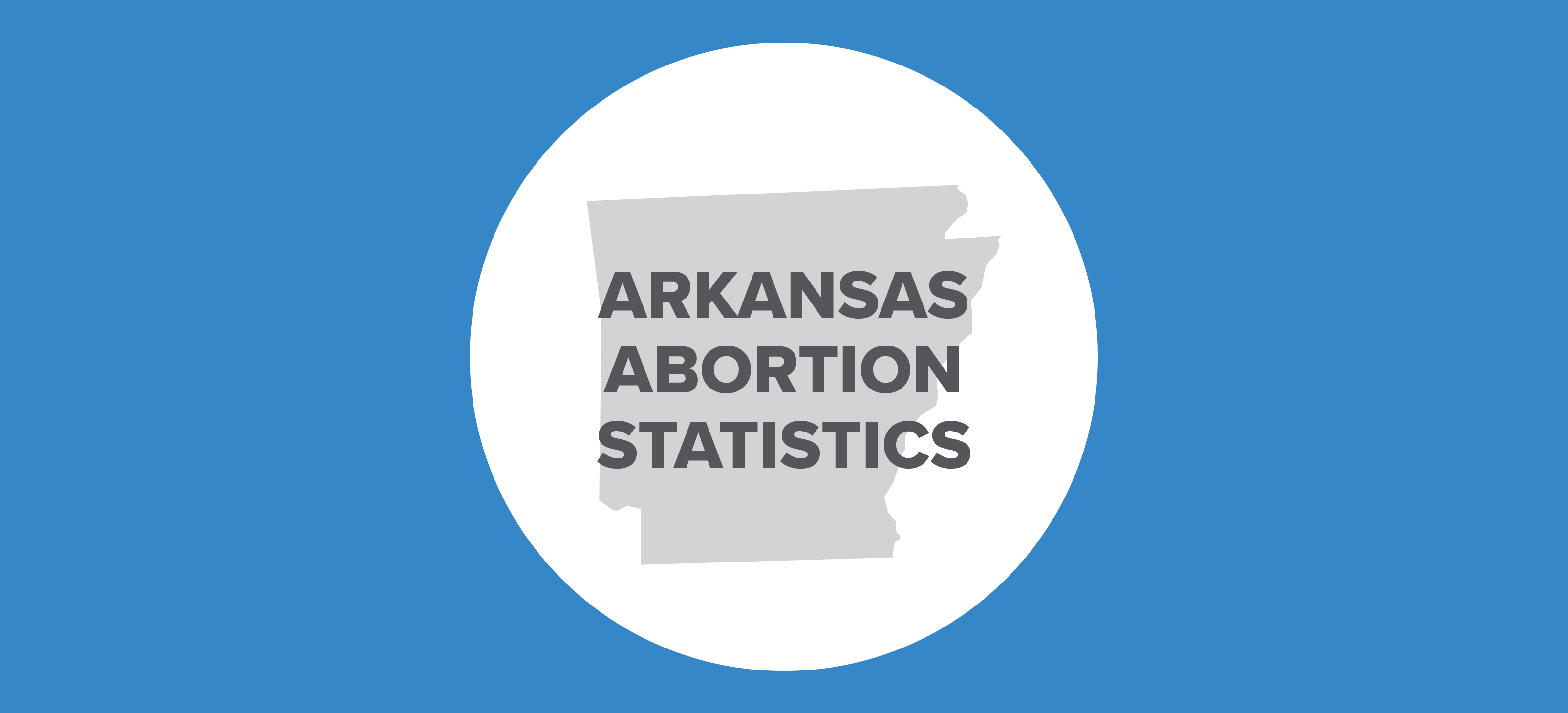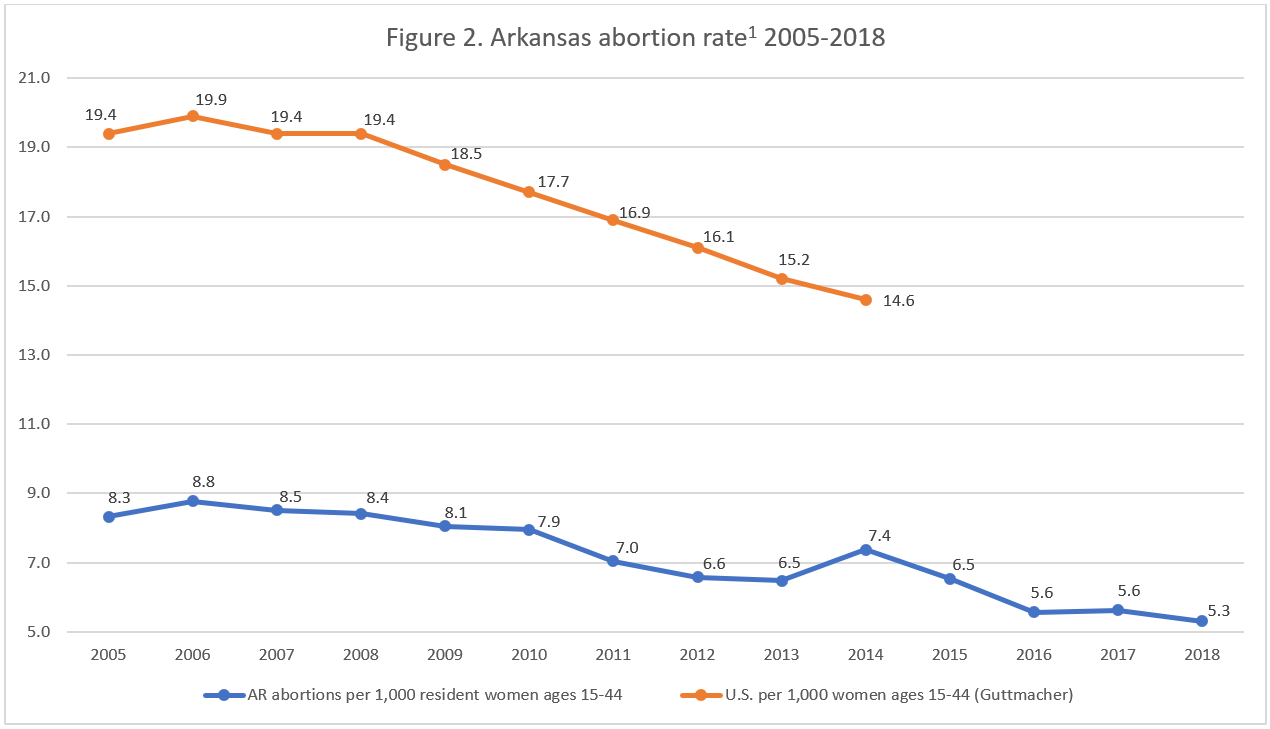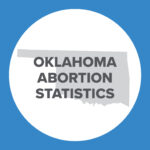Abortion Reporting: Arkansas (2018)

Note: abortion totals for 2014 were updated 11/8/2019.
Arkansas’ abortion report for 2018 was published on the website of the Arkansas Department of Health in June 2019. The report shows that the increase in chemical abortions that began in 2007 continued into 2018.
Changes in Arkansas Abortions, 2017-2018

*Information on Planned Parenthood’s Arkansas market share is not publicly available.
Abortion Totals and Trends
In 2018, there were 3,069 abortions reported in Arkansas (Fig. 1). Abortions dropped by six percent from 2017 and by 44 percent from 2000, the earliest year of data available online. Almost a third of the abortions performed in Arkansas were chemical abortions. Chemical abortions increased by more than six percent between 2017 and 2018, rising from 921 in 2017 to 979 in 2018. Over the past decade, the number of chemical abortions rose by 585 percent. The Charlotte Lozier Institute estimates that Arkansas’ state abortion rate dropped from 5.6 abortions per 1,000 women of reproductive age in 2017 to 5.3 in 2018 (Fig. 2).
State Report Summary
Ninety percent of the abortions reported in Arkansas in 2018 were performed on state residents, and 10 percent were performed on women from other states. Ten percent of the women were age 19 or younger, 60 percent were in their twenties, 27 percent were in their thirties, and three percent were age 40 or older.
Arkansas reports race and ethnicity separately. In 2018, 47 percent of the abortions were performed on white women, compared to 43 percent performed on black women and 10 percent on women of other races. Ninety-three percent were on non-Hispanic women, six percent were on Hispanic women, and not quite half a percent were on women reported with unknown ethnicity. A high percentage of the abortions (87 percent) were performed on unmarried women, while just 13 percent were performed on women who were married and just half a percent on women whose marital status was not reported.
Almost two-thirds of Arkansas abortions (65 percent) were performed on women who had already experienced a live birth. Twenty-eight percent had one previous live birth, and 37 percent had two or more. Thirty-five percent reported zero prior live births. In contrast, almost two-thirds of the abortions (63 percent) were performed on women with no prior abortions. Twenty-two percent were on women with one previous abortion and 15 percent on women with more than one.
Twenty-one percent of reported Arkansas abortions were performed earlier than five weeks post-fertilization (seven weeks of gestation). Thirty-six percent were performed between five and six weeks, and 20 percent between seven and eight weeks post-fertilization. Seven percent occurred between nine and 10 weeks, five percent between 11 and 12 weeks, six percent between 13 and 15 weeks, and six percent between 16 and 19 weeks. The drop in abortions after eight weeks post-fertilization may be explained by the fact that two of Arkansas’ three abortion centers advertise abortions only up to 10 weeks of gestation (approximately eight weeks post-fertilization). Arkansas limits abortion at 20 weeks post-fertilization (22 weeks of gestation), when unborn babies can feel pain. Arkansas’ informed consent report for 2018, with the number of women who received information on fetal pain, has not yet been published.
Fifty-five percent of Arkansas abortions were performed using suction. Thirty-two percent were chemical abortions, and 13 percent were dilation and evacuation procedures (also called dismemberment abortions). No other abortion methods were reported in 2018.
Racial Disparity
In Arkansas, abortion has a disproportionate impact on African American women. CLI estimates that the abortion rate among black women in Arkansas in 2018 was 12.2 abortions per 1,000 black women of childbearing age – almost 3.7 times the white rate of 3.3 abortions per 1,000 white women of childbearing age.
Black women got abortions at later gestational ages than white women did. In 2018, there were 0.7 black abortions for every white abortion at earlier than five weeks post-fertilization and at five to six weeks post-fertilization. Similarly, there was just over one black abortion for every white abortion at seven to eight weeks. However, there were 1.2 black abortions for every white abortion at nine to 10 weeks and 11 to 12 weeks post-fertilization. There were 1.6 black abortions for every white abortion at 13 to 15 weeks and over two black abortions for every white abortion at 16-19 weeks post-fertilization. Even though there were more white than black abortions in total, for each individual week of pregnancy after seven weeks post-fertilization, there was more than one black abortion for every white abortion.
This represents a burden on those African American women because, in general, risk increases exponentially with gestational age. In addition, the cost of abortion increases – the one Arkansas abortion center to advertise abortions after nine weeks of gestation cautions that abortion “gets more expensive per week after 11.6 weeks.” African American women are more likely to live in poverty and to experience poor maternal health, problems which are exacerbated by racial disparity in abortion.
State Ranking
In CLI’s 2016 survey of abortion reporting across the country, Arkansas’ reports were ranked at 11th place. Arkansas could improve its reports by including more of the information it already collects on its abortion reporting form, such as women’s levels of education and whether ultrasounds were performed. Arkansas could also collect and report women’s reasons for choosing abortion and whether any complications resulted. Still, Arkansas’ abortion reporting is more complete than many other states, and the Natural State was just the eighth state to release data for 2018.


- Starting with the 2018 abortion reports, abortion rates are calculated by the Charlotte Lozier Institute to allow for easier state-to-state and year-to-year comparisons. Rates were calculated by CLI using population estimates from the United States Census Bureau. The rates were calculated using the following formula: (total number of abortions performed in Arkansas ÷ number of resident women ages 15-44) x 1,000. Rates may differ slightly from previous CLI articles due to revised population estimates. The number of abortions reported in 2014 was updated to reflect a second report issued by the Arkansas Department of Health for that year.























